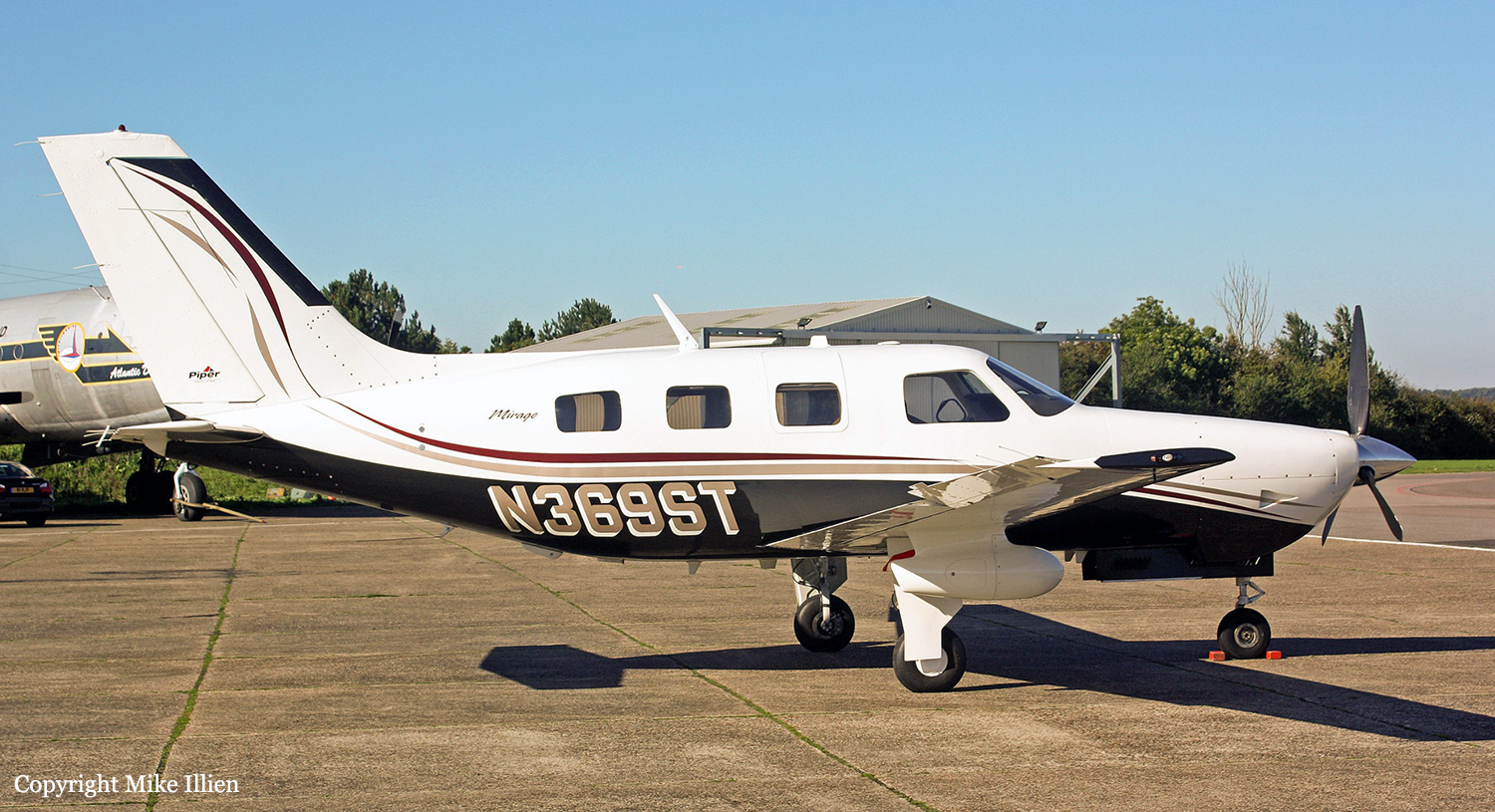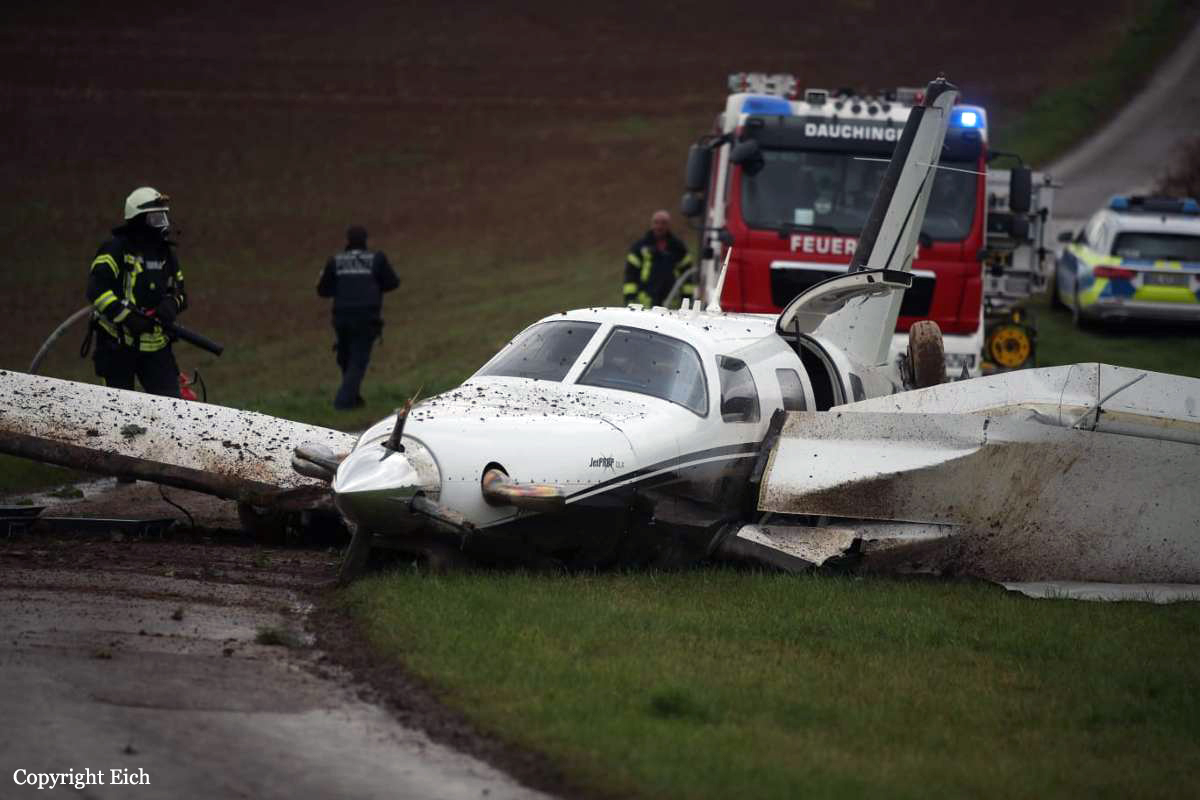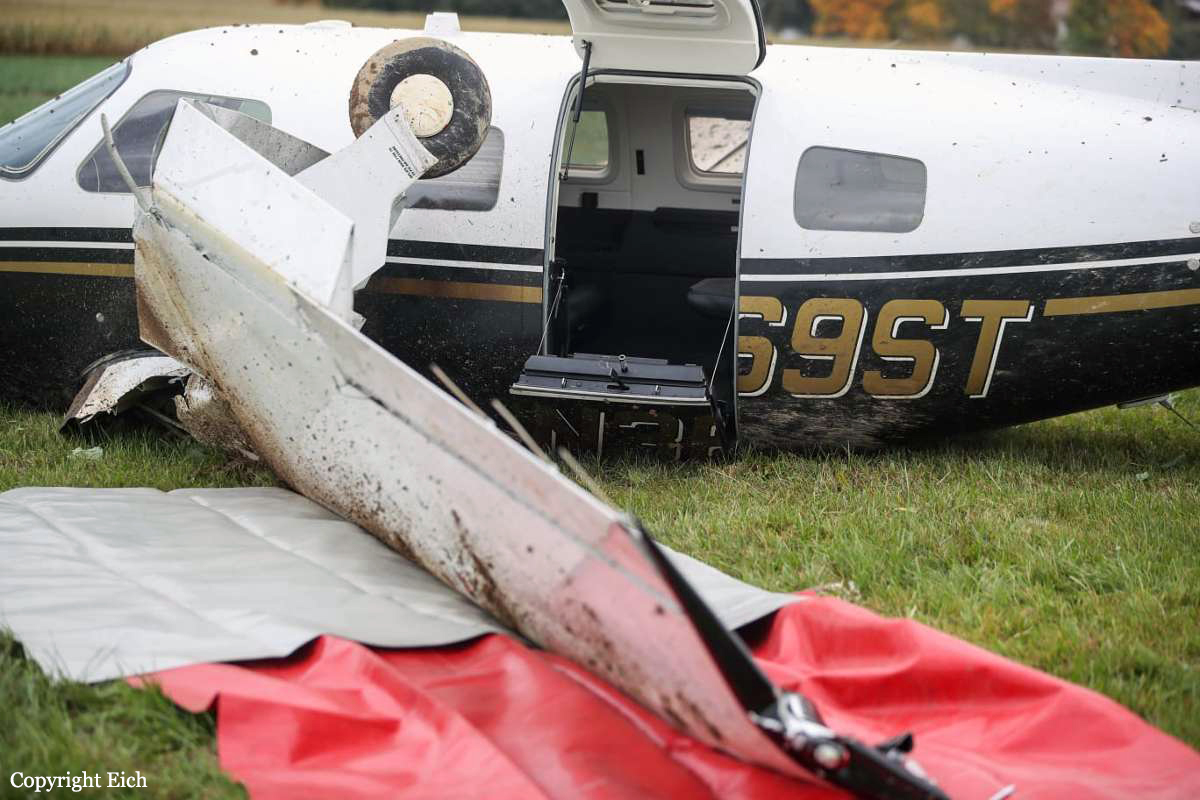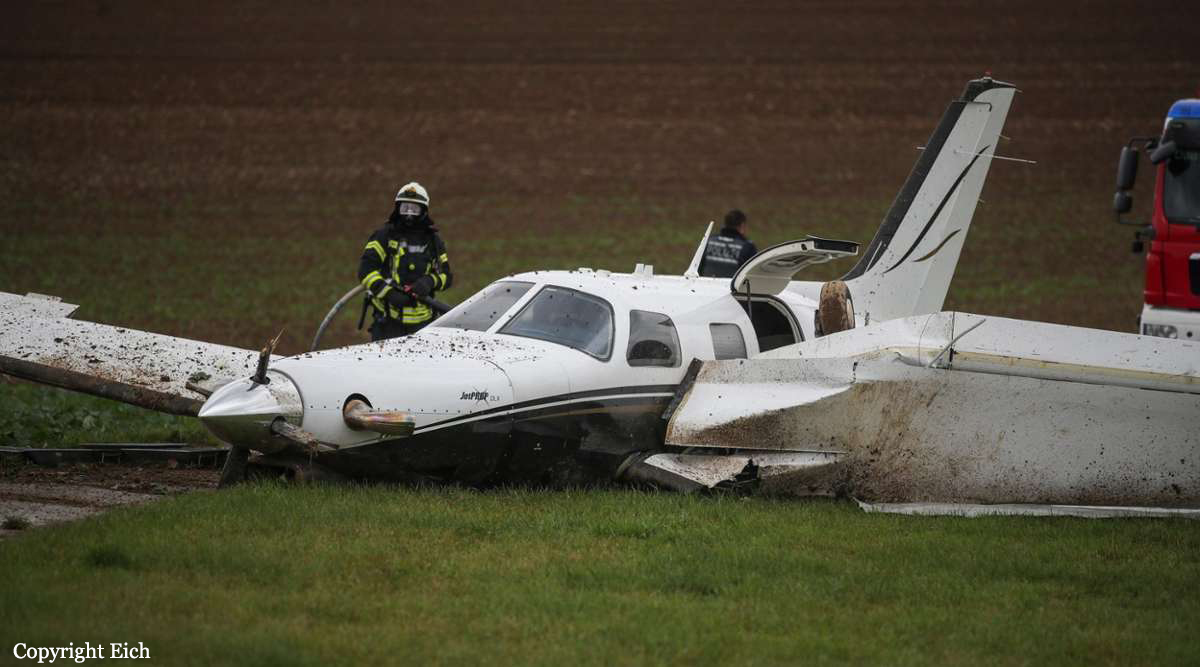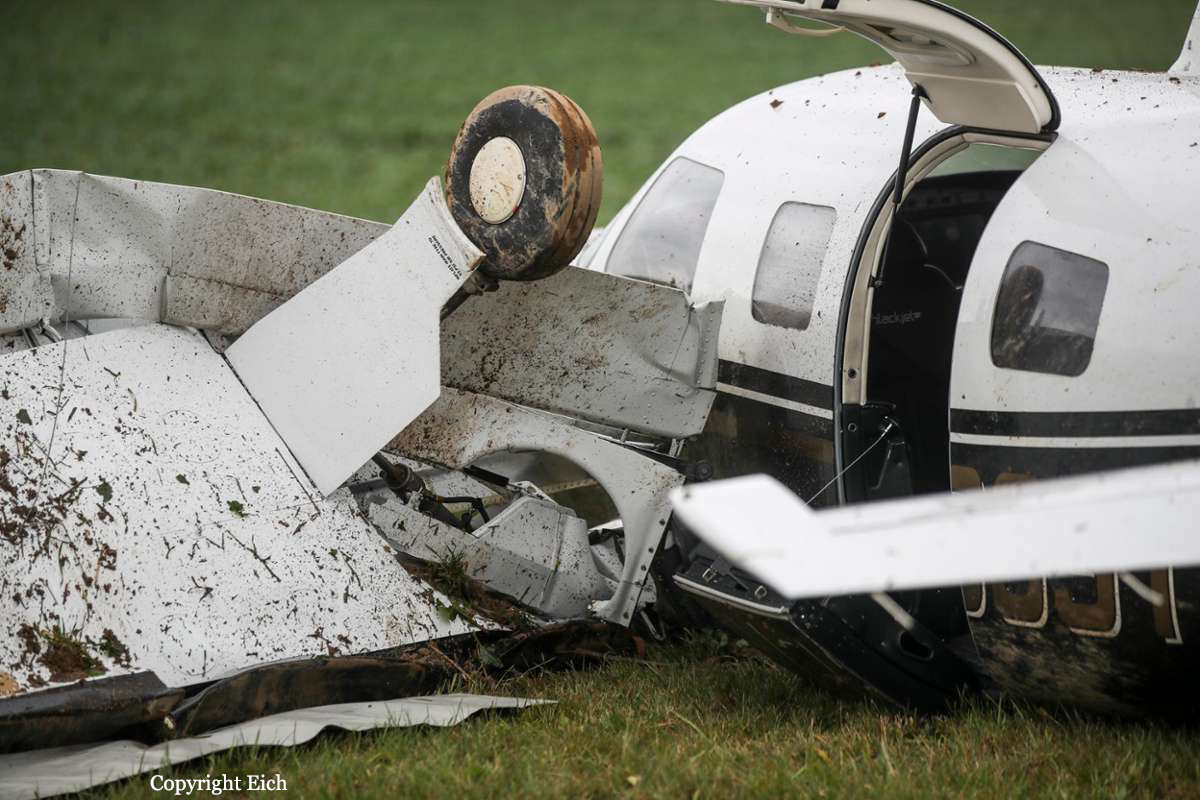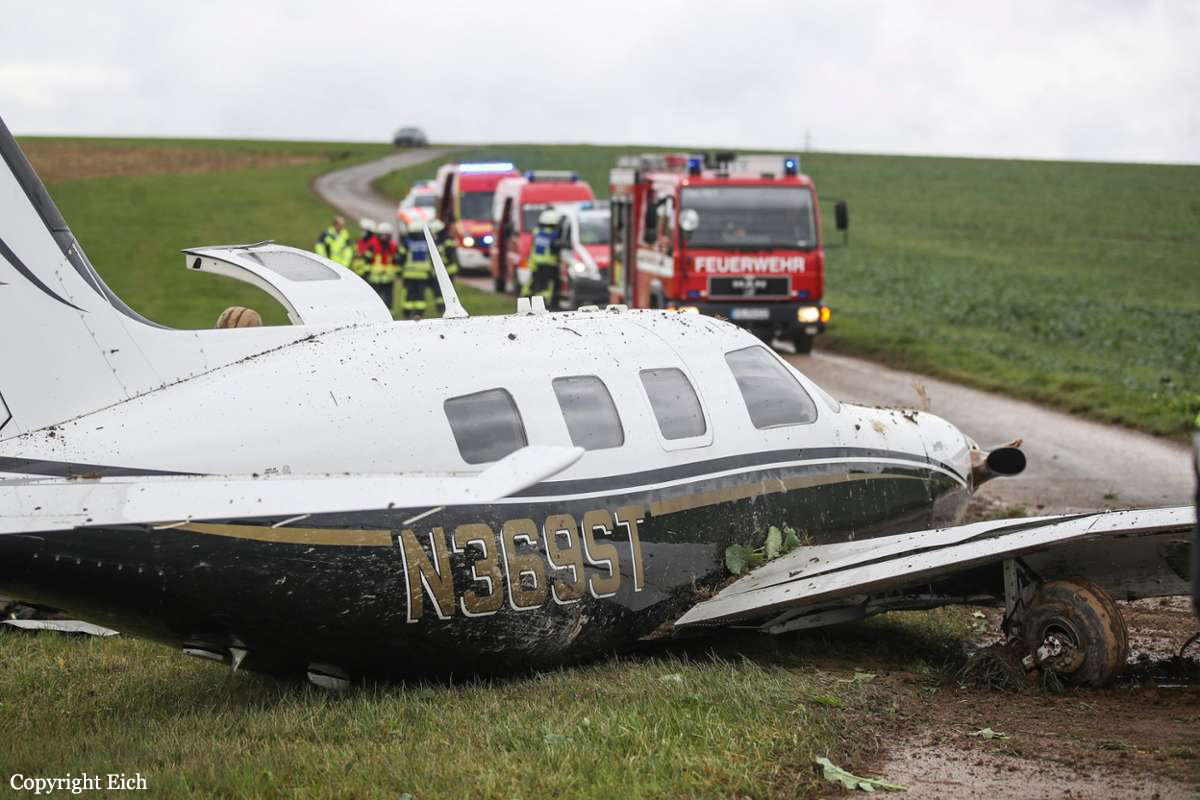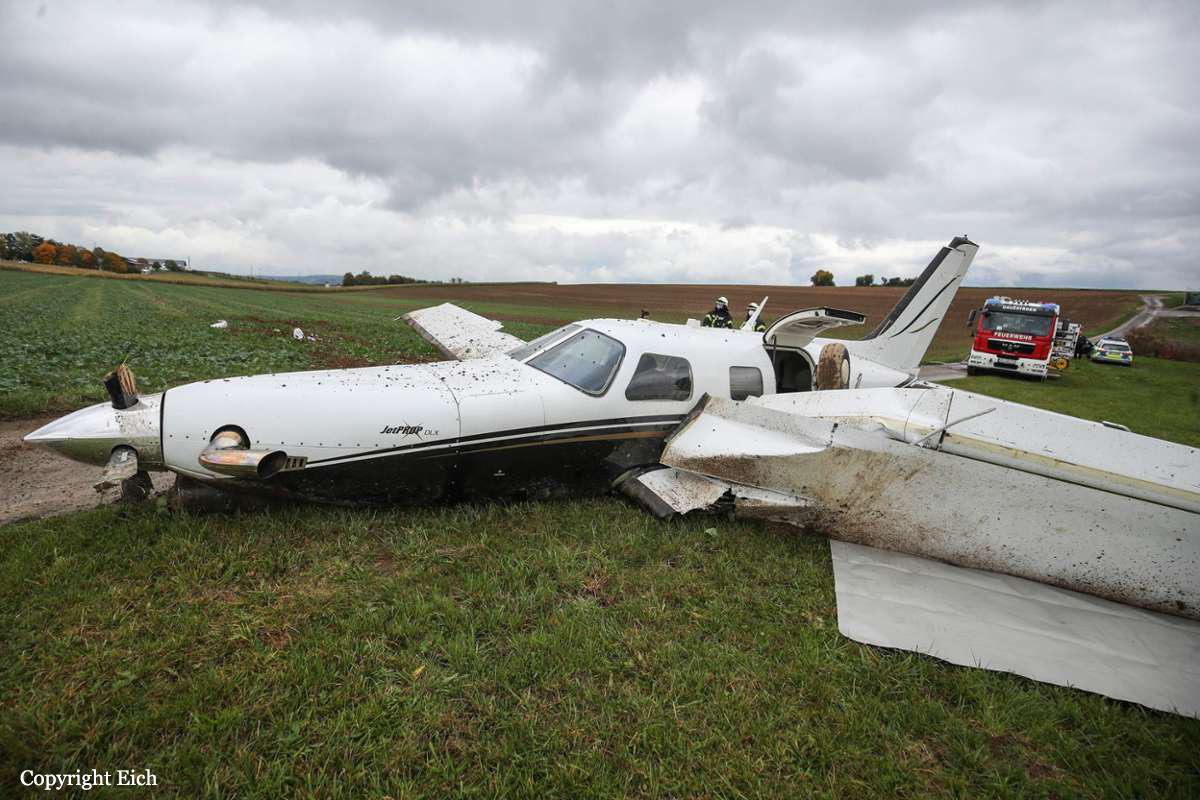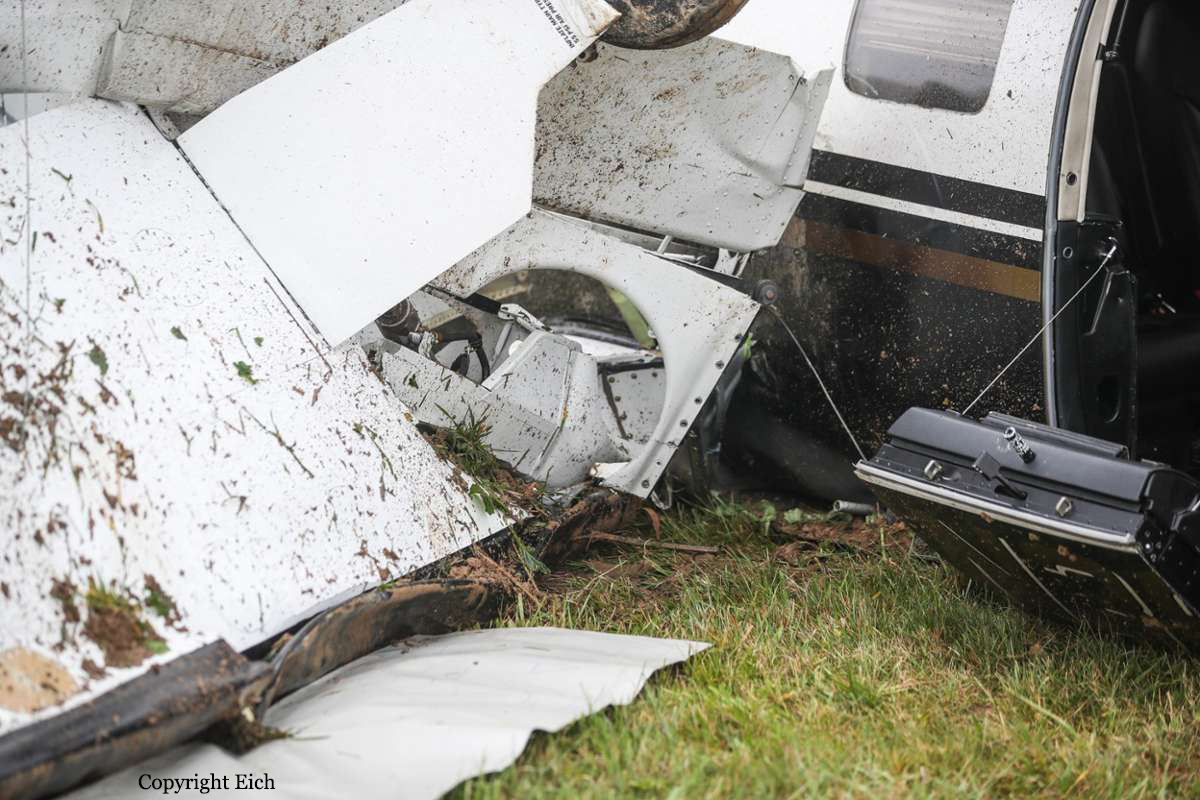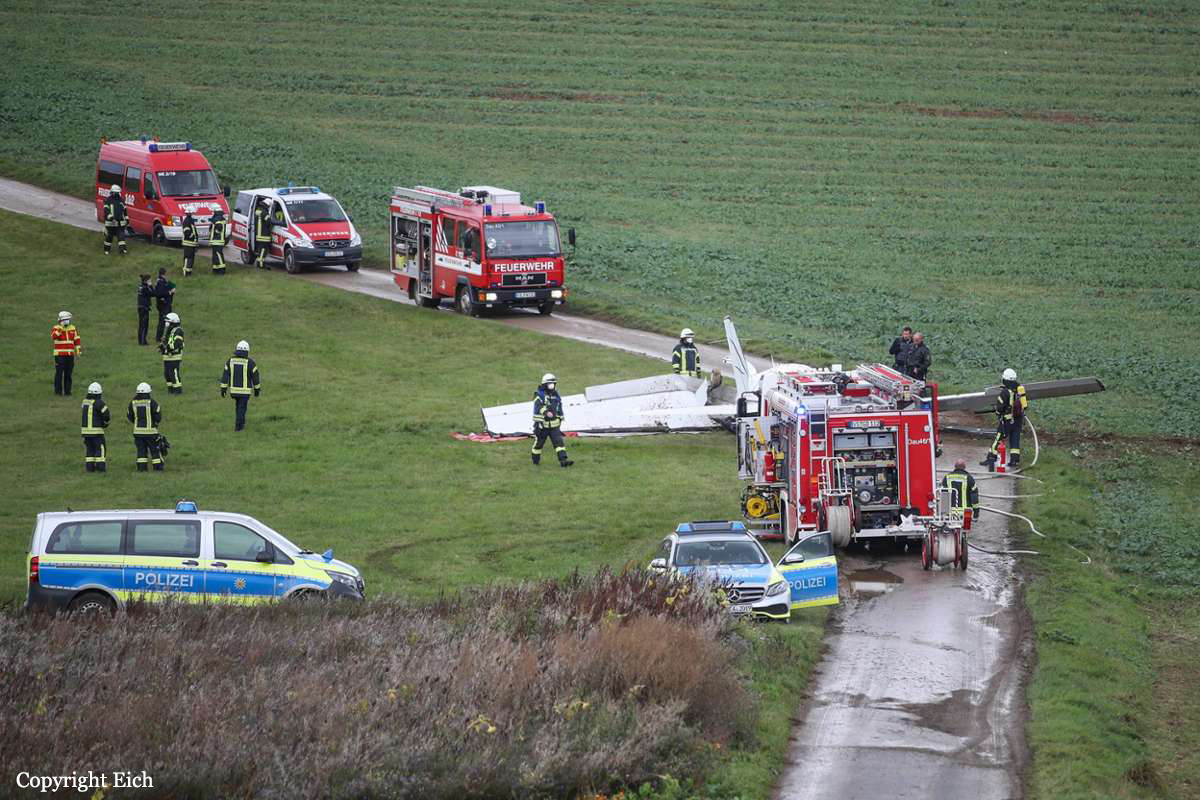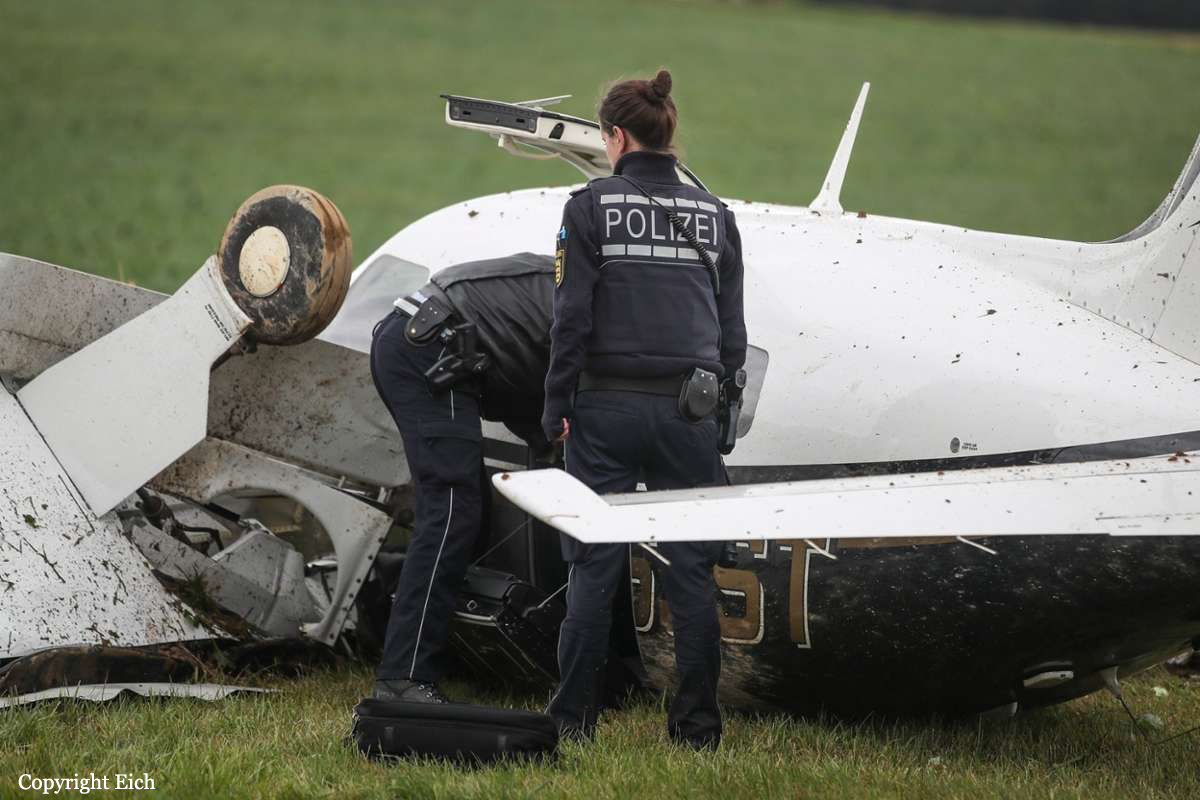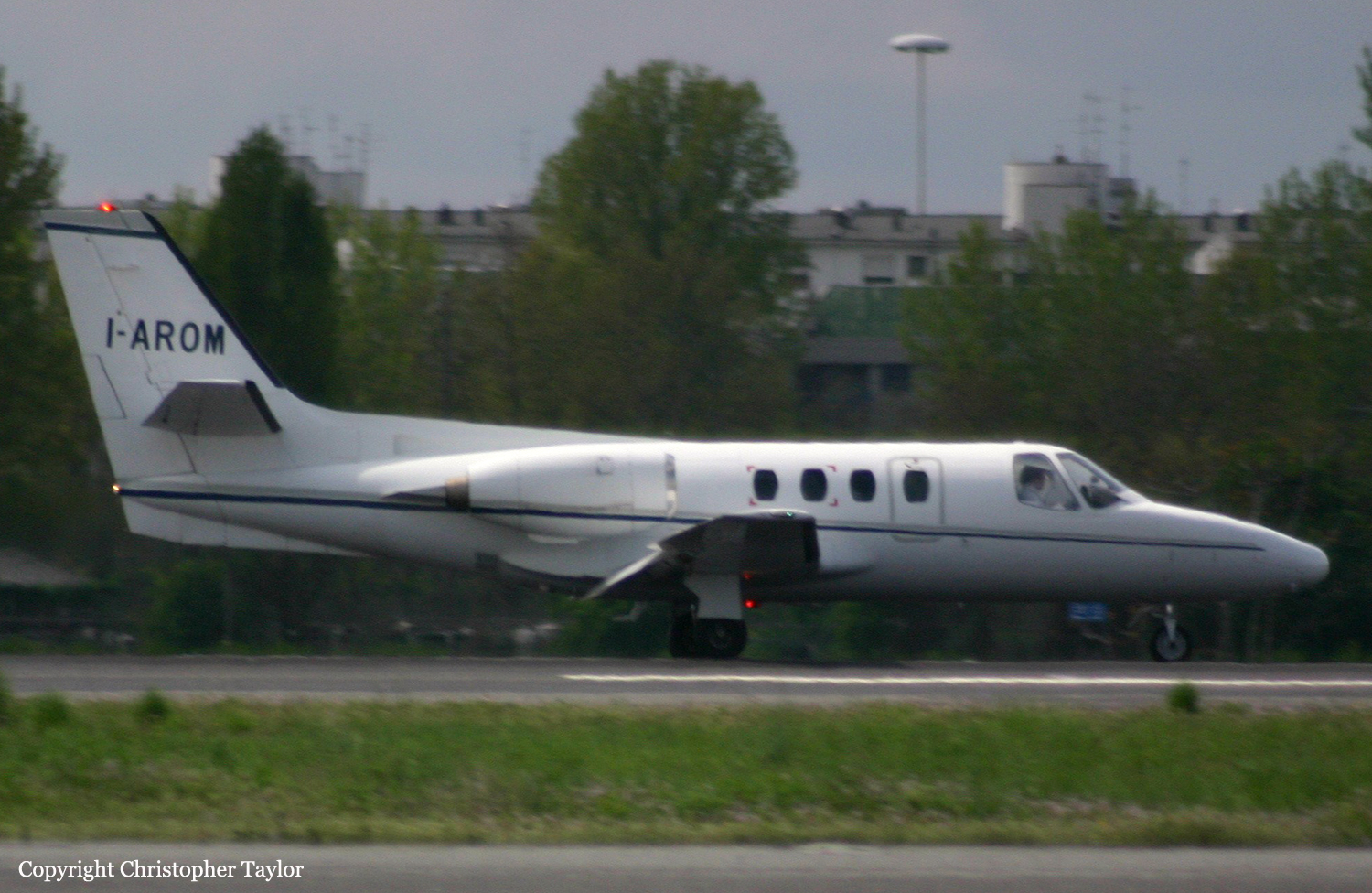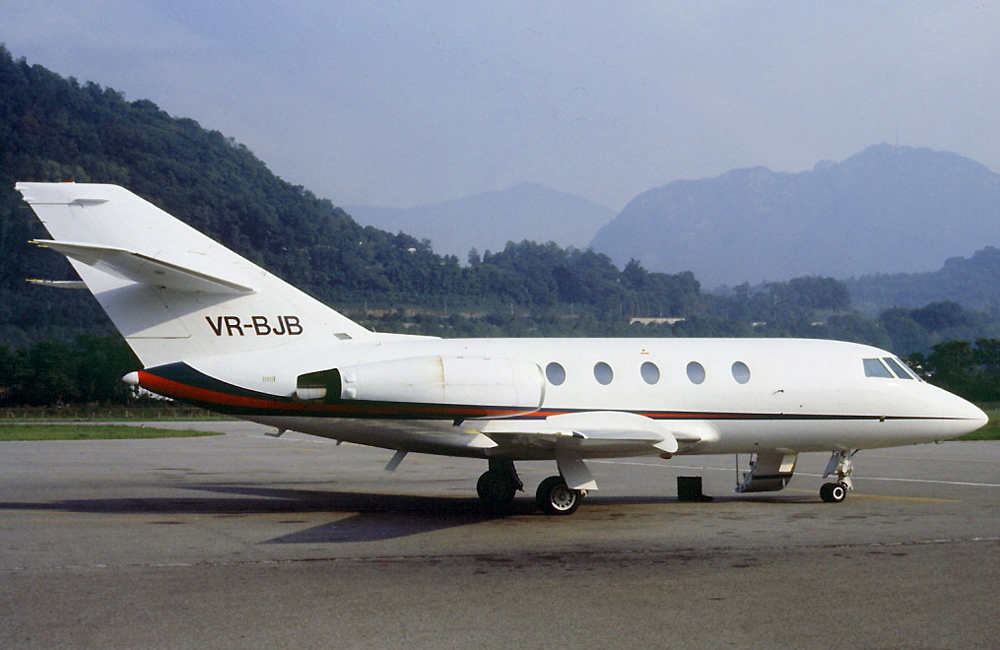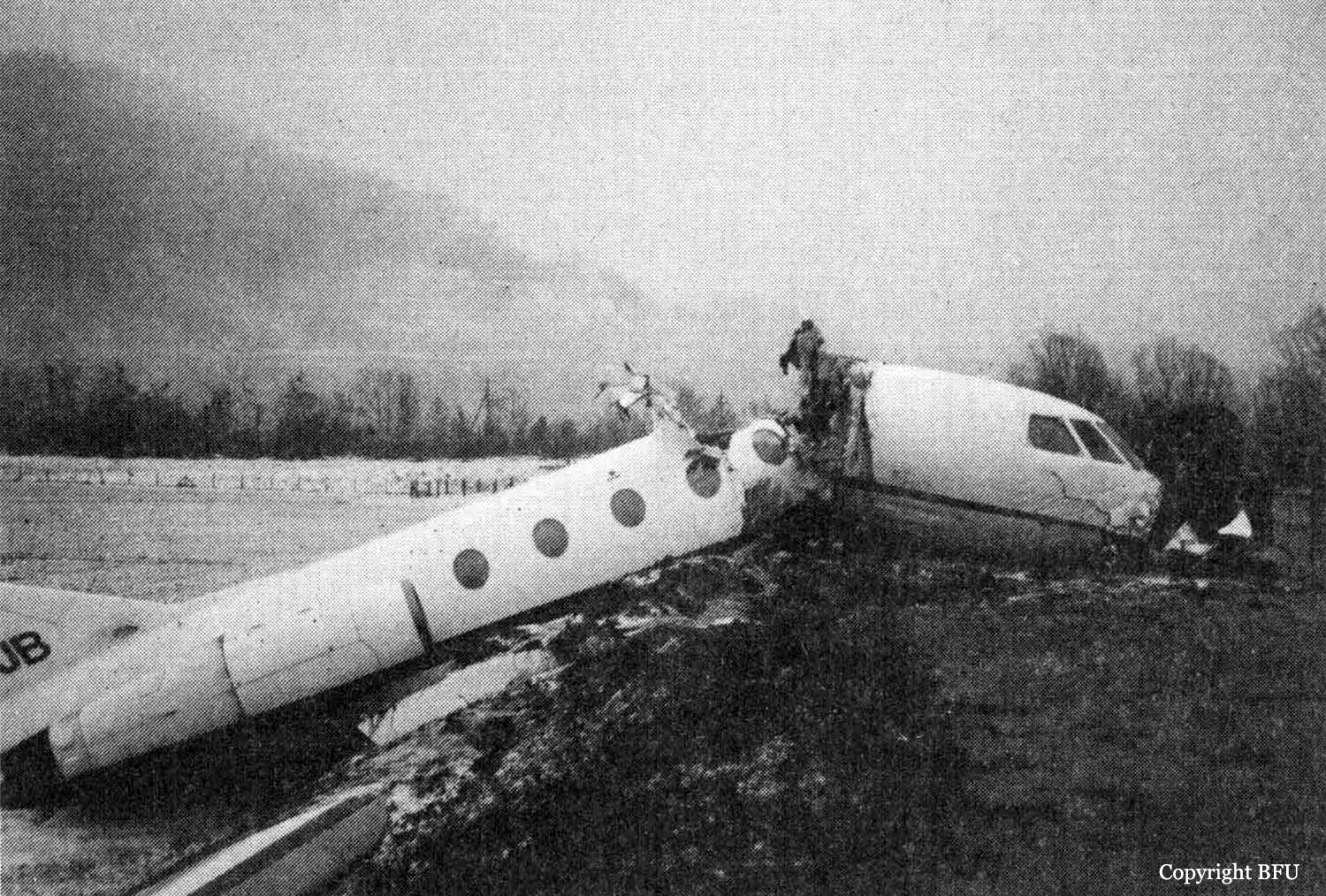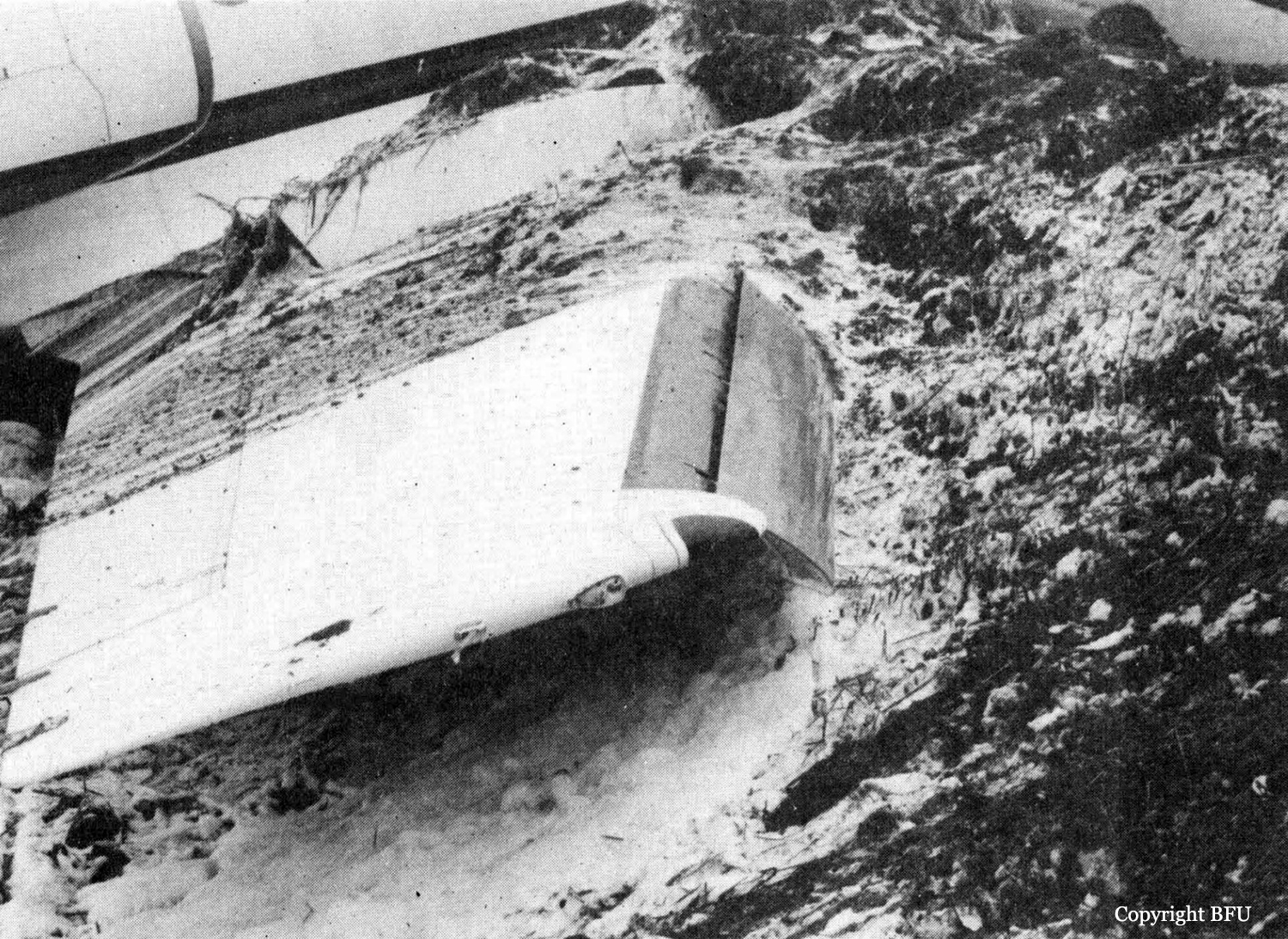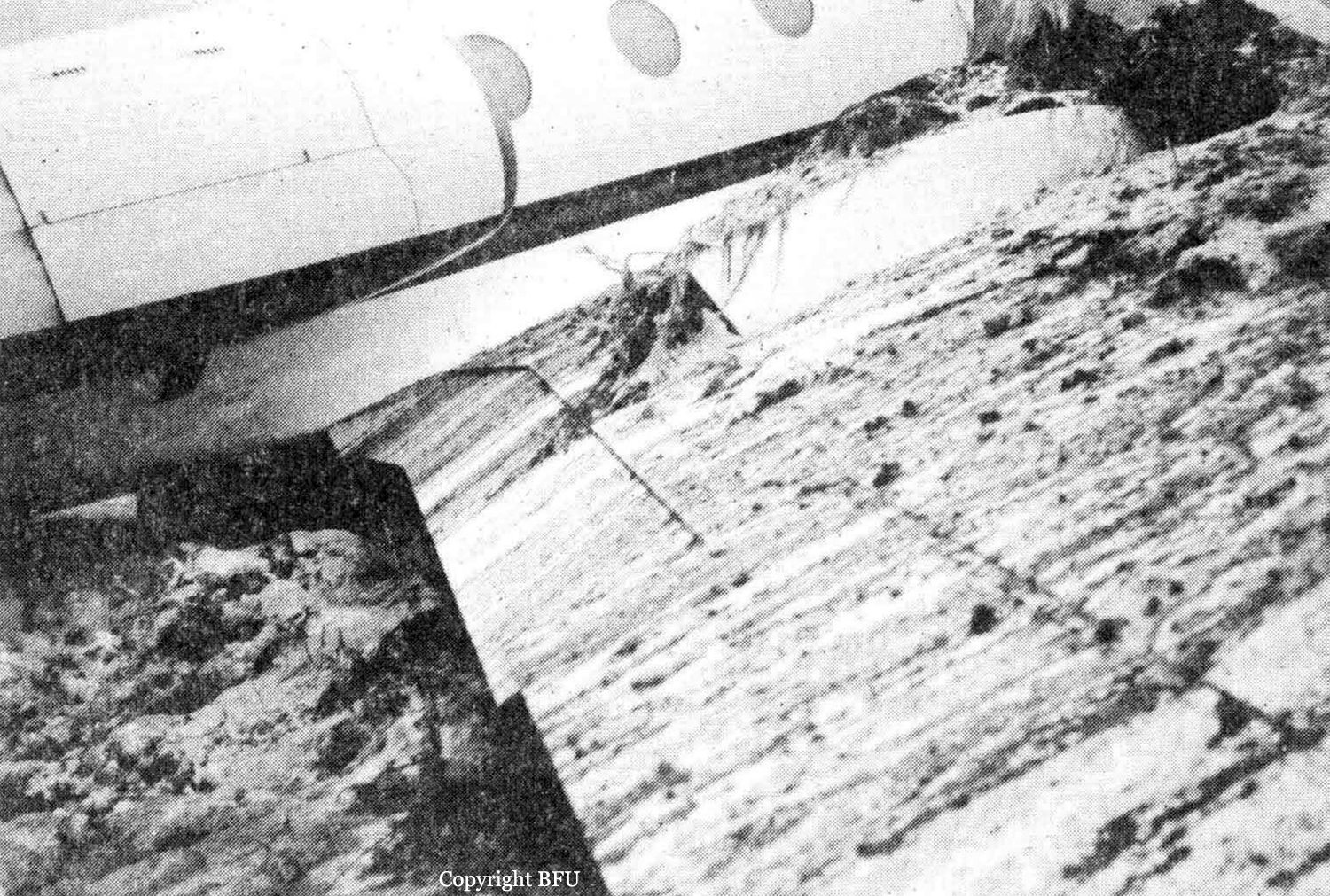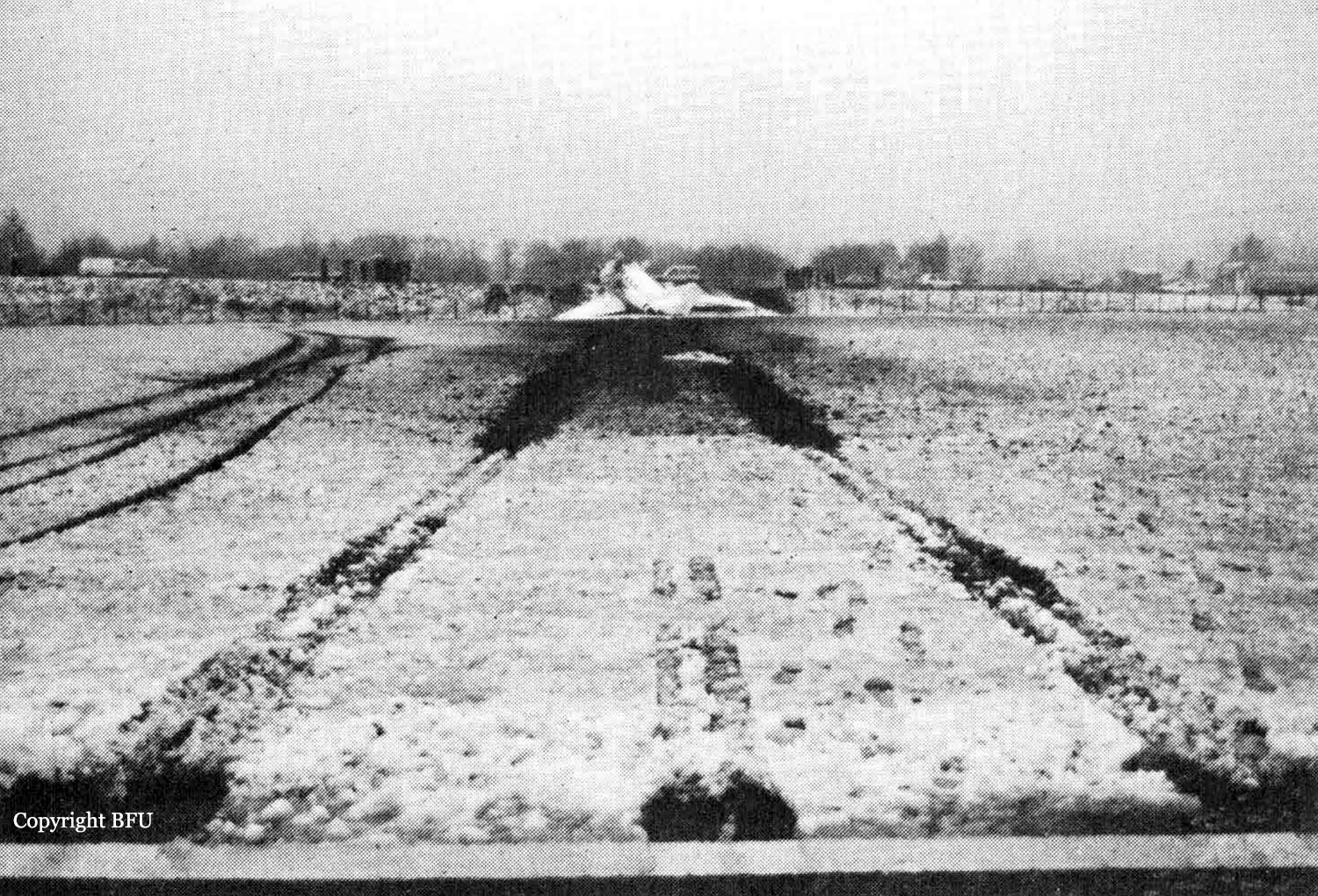Crash of a Piper PA-46-350P Malibu Mirage in Dauchingen
Date & Time:
Oct 10, 2020 at 1100 LT
Registration:
N369ST
Survivors:
Yes
Schedule:
Rottweil - Lugano
MSN:
46-36936
YOM:
2006
Crew on board:
1
Crew fatalities:
Pax on board:
1
Pax fatalities:
Other fatalities:
Total fatalities:
0
Circumstances:
After takeoff from Rottweil-Zepfenhan Airport, while climbing, the crew encountered technical problems. The pilot reduced his altitude and attempted an emergency landing in an open field located in Dauchingen, about 15 km southwest of Rottweil Airport. The aircraft landed gear down but and eventually came to rest on a path with its undercarriage and both wings partially torn off. Both occupants were slightly injured.
